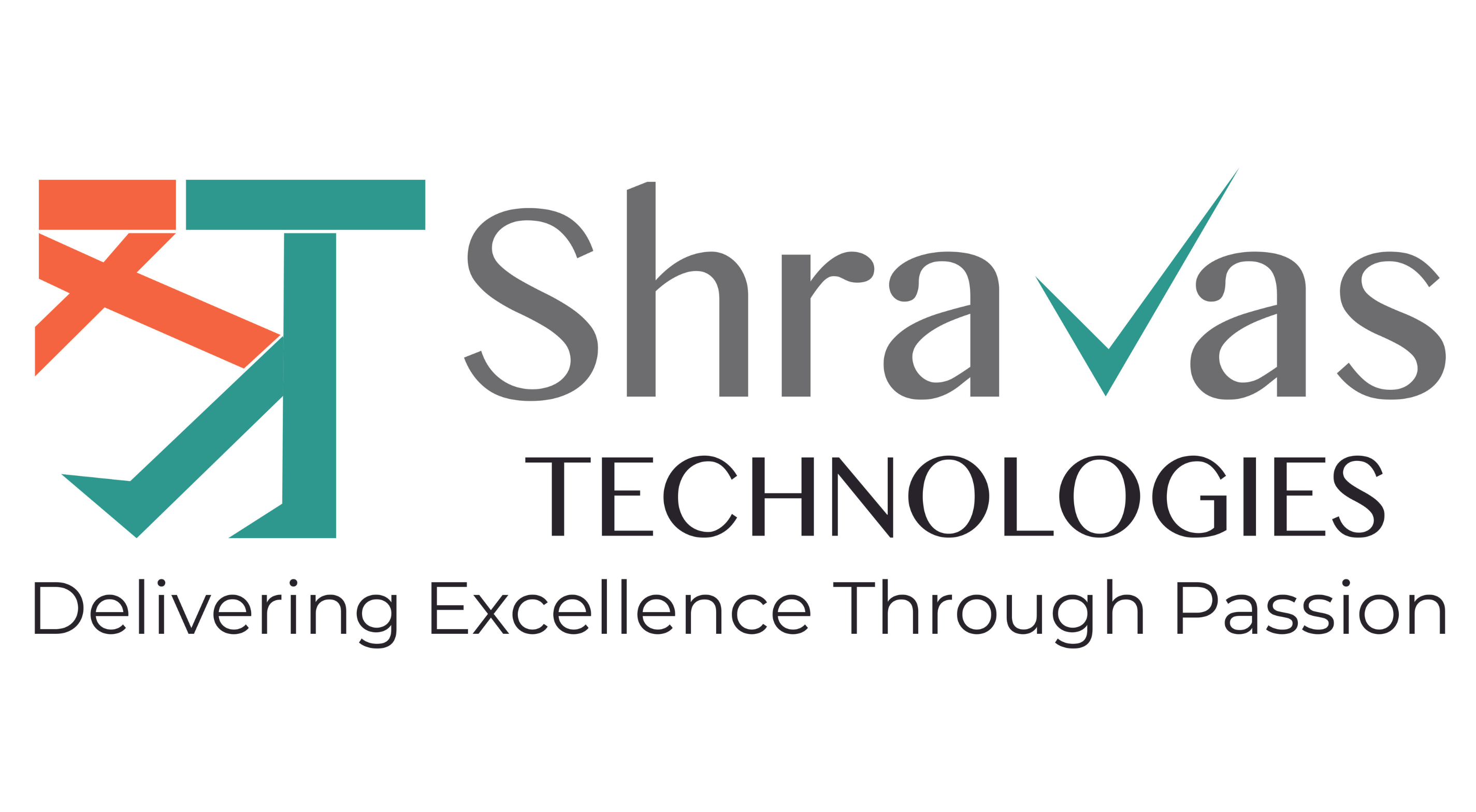“The greatest danger in times of turbulence is not the turbulence—it is to act with yesterday’s logic.”
— Peter Drucker
As technology evolves at an unprecedented pace, software testing has become a critical lever for organizations to ensure quality, reliability, and continuous delivery. Test automation, in particular, has emerged as a key enabler in this journey. But where is test automation headed in 2025 and beyond? Let’s discuss the transformative trends shaping the future of this domain and how businesses can leverage them to stay ahead.
Why Test Automation Is More Relevant Than Ever
In a world driven by AI, IoT, and hyper-connectivity, speed is no longer a luxury—it is an expectation. Consumers demand seamless digital experiences, leaving no room for glitches or downtime. Test automation, with its ability to execute repetitive tasks at speed and scale, has evolved from being a “nice-to-have” to a must-have for agile and DevOps teams.Moreover, as global competition intensifies, companies are moving towards continuous integration and continuous delivery (CI/CD) pipelines to release faster and more frequently. This has made test automation a cornerstone of modern software development.
Key Test Automation Trends to Watch in 2025 and Beyond
1. AI-Driven Testing Takes the Driver’s Seat
AI and machine learning are no longer buzzwords—they are redefining the test automation landscape. In 2025, expect AI-driven tools to play a pivotal role in automating complex scenarios. AI will:
- Predict test coverage gaps and identify risky areas in the code.
- Enable self-healing scripts, reducing maintenance efforts.
- Offer smarter defect prediction by analyzing data trends.
Example in Action: Companies like Testim and Mabl are already leveraging AI for self-healing automation scripts. By 2025, we could see AI not just assisting testers but taking proactive decisions, like automatically prioritizing critical test cases based on historical trends.
2. The Rise of Hyperautomation
Gartner defines hyperautomation as the integration of multiple automation technologies to streamline end-to-end processes. In the future, test automation will no longer operate in isolation. It will integrate with:
- Robotic Process Automation (RPA) for business process testing.
- API testing tools for seamless backend validation.
- Low-code and no-code platforms to empower non-technical users.
Modern Day Example: Think of a banking app undergoing updates. With hyperautomation, the system could automatically test API integrations, UI responsiveness, and backend workflows—ensuring zero disruptions.
3. Shift-Left and Shift-Right Testing Gain Even More Momentum
The concepts of shift-left (early testing in the development cycle) and shift-right (testing post-deployment in production) are set to grow. Why? Because speed-to-market is critical, and testing needs to happen everywhere in the lifecycle.
- Shift-left testing will leverage automation for early bug detection, reducing costs and rework.
- Shift-right testing will embrace observability tools to monitor user behavior and performance in real-time.
Example in Action: Netflix already uses a shift-right approach with its Chaos Monkey tool, which tests production environments by randomly disrupting systems to ensure resilience.
Test Automation for Emerging Technologies
The rapid rise of Web3, 5G, augmented reality (AR), and edge computing is introducing unique testing challenges. In 2025 and beyond, test automation will expand its scope to accommodate these technologies:
- Blockchain Testing: Automating smart contract validation and network performance tests.
- IoT Testing: Simulating device interactions in a connected ecosystem.
- AR/VR Testing: Verifying immersive environments for usability and performance.
Example in Action: With Metaverse platforms becoming mainstream, companies like Meta and Epic Games will rely heavily on automated tools to test virtual spaces for latency, rendering, and user experience.
Democratization of Test Automation
One of the most exciting trends is the rise of low-code and no-code automation tools. These platforms empower citizen testers—business analysts, product managers, and non-technical team members—to create and execute test cases without requiring coding expertise.Modern Day Reference: Tools like Katalon Studio and Tricentis Tosca are leading this movement. By 2025, expect these platforms to become even more intuitive, making test automation accessible to everyone.
6. Continuous Testing in Cloud-Native Environments
As cloud adoption soars, cloud-native applications will dominate the software landscape. Test automation will align with this shift by offering:
- Cloud-based testing platforms to execute tests on-demand.
- Containerized testing environments (e.g., Kubernetes) for scalability.
- Enhanced cross-browser and cross-device testing on virtual environments.
Example in Action: Tools like Selenium Grid on AWS already provide scalable testing solutions. Looking ahead, cloud-native testing will become the norm for organizations embracing hybrid and multi-cloud architectures.
Challenges to Overcome
While the future of test automation is undoubtedly exciting, it comes with its share of challenges. These include:
- The initial investment costs for AI-powered tools.
- A skills gap as teams transition to low-code/no-code platforms.
- The need for robust security testing in the era of increasing cyber threats.
Organizations must invest in upskilling their workforce and adopting agile test strategies to address these hurdles.
Conclusion: Embracing the Future of Testing
The future of test automation is bright, dynamic, and filled with possibilities. From AI-driven innovations to the democratization of tools, businesses have an unparalleled opportunity to enhance their software quality and user experience.As we move into 2025 and beyond, organizations that embrace these trends will not only stay competitive but also redefine the very standards of software excellence. Whether it’s testing for blockchain, leveraging cloud-native solutions, or empowering citizen testers, the mantra is clear: innovate, automate, and accelerate.By staying ahead of the curve and adopting modern test automation practices, businesses can ensure they are ready for a future where software quality is non-negotiable.

